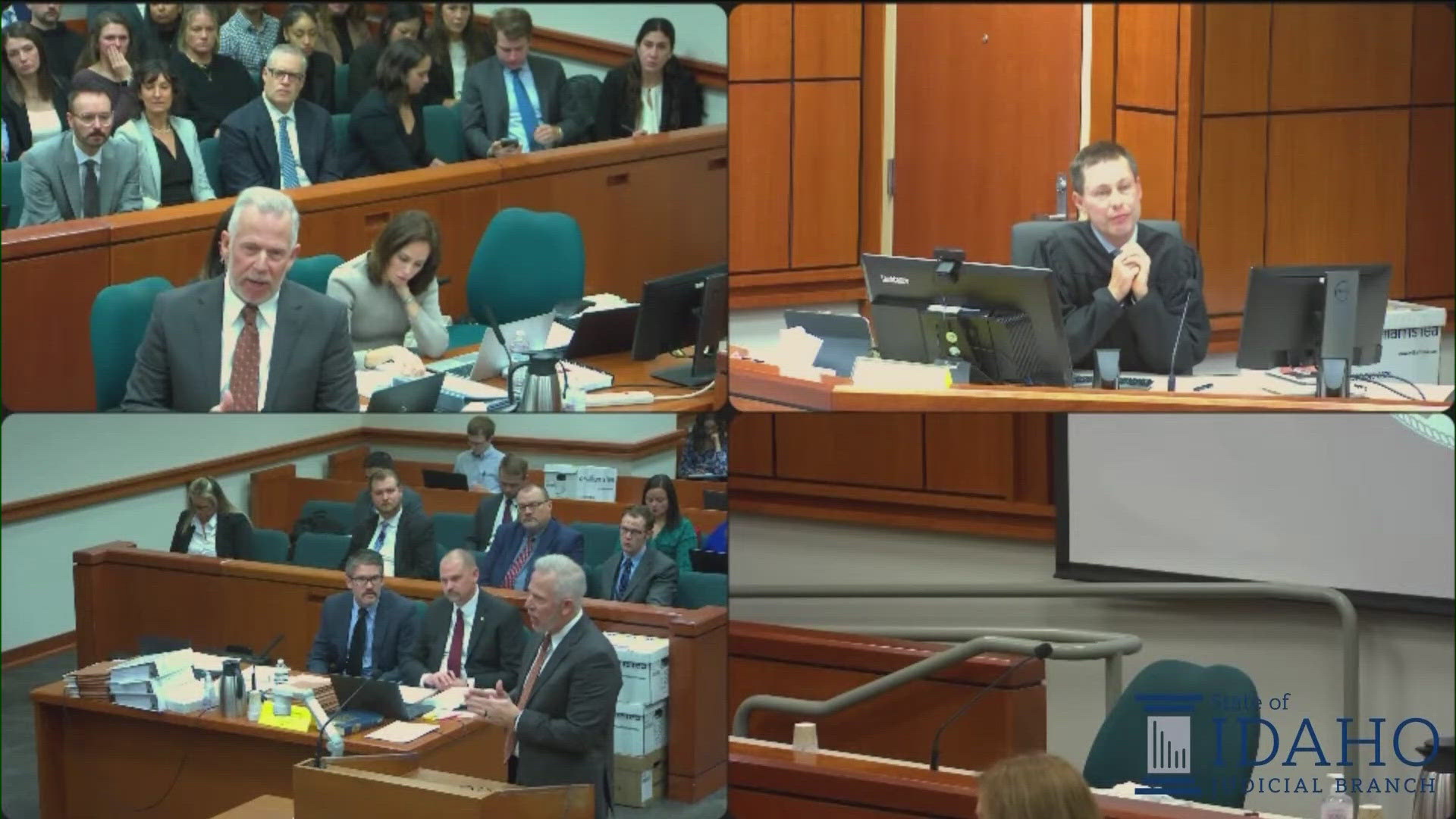BOISE, Idaho — A House committee on Tuesday advanced a bill that would remove some state rules regulating the aerial application of pesticides, as first reported in the Idaho Statesman.
The Idaho Press reports representatives from the Idaho Agriculture Aviation Association presented to the state Legislature's House Agricultural Committee on Tuesday, asking lawmakers to strike four items from the Idaho State Department of Agriculture rules around pesticide and chemigation use and application. Chemigation refers to chemicals applied to irrigation water or to land through the irrigation system.
The aviation representatives said the rules put in place by the state's agriculture department were "more stringent" than federal laws already in place.
The regulations in question included one that requires aircraft pilots to notify all structures around the pilot's path to spray, one that prohibits the aerial application of pesticides in certain wind speeds and two rules that restrict the distances a pesticide can be sprayed from hazardous areas.
David Lehman, a lobbyist for the Idaho Agricultural Aviation Association, said the Federal Aviation Administration only requires pilots to notify "congested areas" around their spray path.
George Parker, owner of Crop Jet Aviation, an aerial pesticide application service, said notifying every structure in their path is "becoming problematic" and is "boxing us into a corner."
The wind rules, Lehman argued, are addressed in product labels that provide exact guidance on the conditions when the product should not be sprayed.
He also said the hazardous area regulations are all addressed in labels placed on products by the Environmental Protection Agency.
"The technology, application process and the apparatus from which these chemicals are put on the field have changed dramatically from when these rules were written," Lehman said.
The House committee voted unanimously to strike the rules. The rule change will now go to the Senate Agriculture Committee for a hearing.
At the end of the committee hearing, Brian Oakey, the deputy director of the Idaho State Department of Agriculture, told the group of lawmakers that the department tries to act as a referee in rule changes and tries to hear from both sides of an argument. He told the group that on Tuesday they had only heard from one group of stakeholders in pesticide and chemigation rules.
"You have heard from aerial applicators today, but there are others who I can't speculate what their position is going to be on this rule and on the changes that are being proposed," Oakey said.
FARMWORKER EXPOSURE
In May 2019, roughly 20 farmworkers in a hops field in Parma, were likely exposed to Badge SC, while it was being sprayed on an adjacent onion field.
Twelve of the farmworkers became sick and were hospitalized, though Idaho State Department of Agriculture investigators could not say whether the sickness was caused by pesticide exposure.
The pilot who was flying the plane that sprayed the onion field received a regulatory letter from the department for his “careless application of Badge SC,” a report requested by the Idaho Press said.
The Idaho Statesman reported that in his response, the pilot, Jose Perez, said only the FAA could regulate the aerial application of pesticides.
During Tuesday's hearing, Oakey, said the Boise FAA defers the regulation of pesticide applications to the state's agriculture department.
More from our partner Idaho Press: Caldwell, Vallivue school districts to seek supplemental levies in March
RELATED: 'The industry itself is inclusive': Agriculture teacher in Fairfield shows how kindness matters
Watch more 'Growing Idaho':
See them all in our YouTube playlist:



